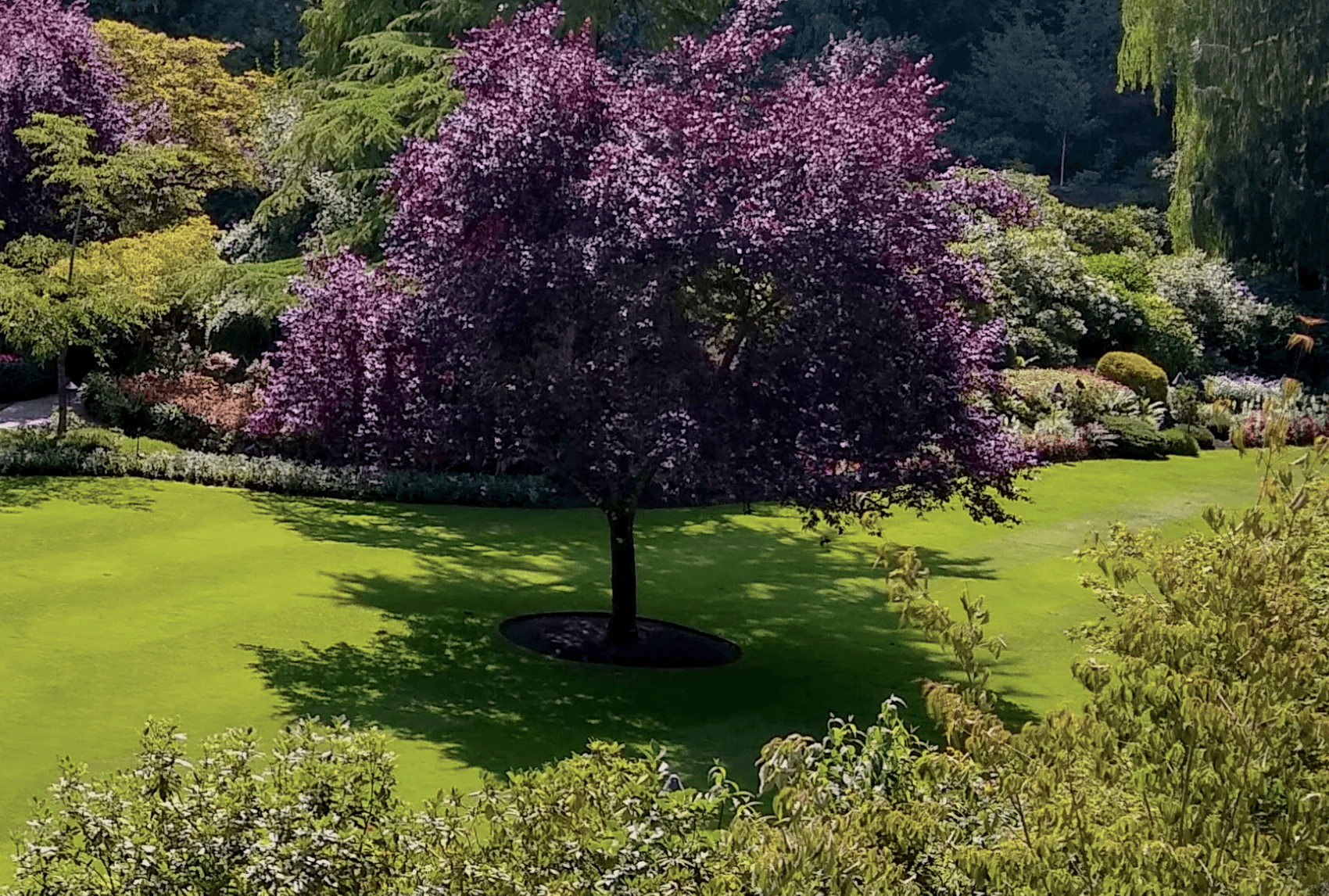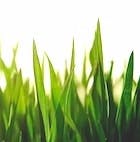This means that grasses that thrive in warm temperatures and have a dormancy period during colder months are best suited for this area. It is important to select grasses that can handle the specific climate conditions of each region within the state.”
Introduction
Nevada's climate is mostly classified as a desert climate, with hot summers and mild winters. However, some parts of the state experience a humid subtropical climate due to their proximity to the Colorado River.
This climate affects the types of grass that grow best in the state. Grasses that can tolerate drought and high temperatures are the most suitable for Nevada's climate.
The best time to lay grass in Nevada depends on the specific location within the state. Generally, the best time to lay grass is in the spring or fall when temperatures are cooler and there is more moisture in the air.
This allows the grass to establish its root system before summer's hot and dry conditions arrive. Nevada falls within the grass zone known as the Warm-Season Grass Zone.
What are the best sod types for NV?
In the world of landscaping, not all grasses are created equal. Each thrives in a specific climate zone: cool, warm, or transition.

Nevada, with its transition zone climate, prefers a particular set of grasses that relish the a wide range of temperatures. The following sods are the easiest to grow and maintain in Nevada:
While it's possible to grow grasses meant for other regions with proper care, attention and timing, these are the most common grasses in Nevada for residential lawns.
Level Up Your Lawn Skills
Once per week we'll send you an interview from someone who has mastered the art of lawn care.
Recommended species for shade
You're starting to sweat. Nevada's relentless sun is blaring, and your grass is wilting faster than a gambler's dreams. Don't fret. We've got your back. Or rather, we've got your lawn covered. Here are the most defiant, shade-loving grasses that'll give the sun a run for its money.
St. Augustine Grass tops the list. Known for its aggressive growth, stunning dark green color, and hardy nature, it's the king of Nevada shade. It can live on just under six hours of sunlight a day. Yup, you heard it right. While everyone's rushing to the slot machines, St. Augustine is chilling, only needing about a quarter of a day's light.
Next up, Tall Fescue. This grass is as tough as a Vegas nightclub bouncer. And it can take the heat. With only four to six hours of sunlight required daily, it makes a perfect choice for those shadowy lawn areas. Its deep roots and coarser texture make it hardy under foot traffic, too. Bet your boots on Tall Fescue, and you won't regret.
Finally, meet Kentucky Bluegrass. Don't let the sweet name fool you; this grass is a hardy contender. While it loves a good six to eight hours of sunlight, it can handle light shade pretty well. It's not as shade-tolerant as our other two picks, but it recovers quickly from wear and tear and keeps a carpet-like density.
So there you have it, Nevada. With St. Augustine, Tall Fescue, and Kentucky Bluegrass, you've just hit the sod jackpot. Your lawn can now roll the dice against the Nevada sun while enjoying the cooler shade. To keep the grass greener, remember to water well, mow right, and enjoy your lawn’s lush victory against the Nevada heat.

Recommended for full sun or partial sun
Choosing the right sod for your lawn depends heavily on the sunlight exposure in your yard. Different grass types have varying light requirements for optimal growth and appearance. Assessing whether your lawn receives full or partial sun is essential in selecting sod that will flourish and stay healthy in your specific environment.
Below are some sod options recommended for either full sun or partial sun conditions in NV:
| Grass Type | Sun | Good to Know |
|---|---|---|
| Bermuda | Full | Bermuda grass thrives in full sun and is known for its drought tolerance and ability to withstand high temperatures. |
| Zoysia | Full | Zoysia grass prefers full sun but can tolerate some shade. It is known for its dense turf and resistance to pests and diseases. |
| Fine Fescue | Partial | Fine Fescue is well-suited for partial sun and is appreciated for its fine texture, shade tolerance, and low maintenance requirements. |
What varieties stay green year-round?
As with anything agriculture related, there is some nuance to this question. There are many grasses that can stay green year round in but it depends heavily on your location within Nevada as well as any microclimates that may exist.
The following grasses have the ability to stay green year round in Nevada:
| Grass Type | Caveats |
|---|---|
| Bermuda | It typically goes dormant and turns brown after a few hard frosts in the fall and stays that way until temperatures consistently hit the 60s in the spring. |
| Zoysia | It can stay green nearly year-round in milder climates without severe winter freezes or overly high summer temperatures. |
| Fine Fescue | It keeps its green color throughout the year in ideal conditions. If the winters are particularly harsh, it may lose some color. |
What is the best time to lay sod in Nevada?
For transition zones, consider the type of sod. For warm season grasses, aim for late spring. This gives them a full summer to establish before winter. For cool season grasses, fall is best, allowing roots to develop in mild temperatures. Whichever you pick, avoid extremes of summer and winter. So, late spring for warm grasses, fall for cool ones, and skip the severe seasons.
As you can see in the image below, you'll notice the most shoot growth (the grass above ground) and root growth in the spring and fall for cool season grases and during the summer for warm season grasses:


Find reputable companies for installing sod in NV
Here are the top problems you'll face when trying to get sod installed by a landscaping company:
- They're not transparent about pricing. You'll often get a quote that's way higher than you'd expect.
- They're hard to get ahold of on the phone or you'll reach out online but won't hear back.
- It's hard to pin them down for a specific date. Because you can only bring sod from the farm when there's decent weather, this causes some delays at times. It also has a short shelf life, so it's important to get it installed within a day or two of delivery.
We've done all the work for you. Click below to get a quote from one of the top installers in Nevada.

